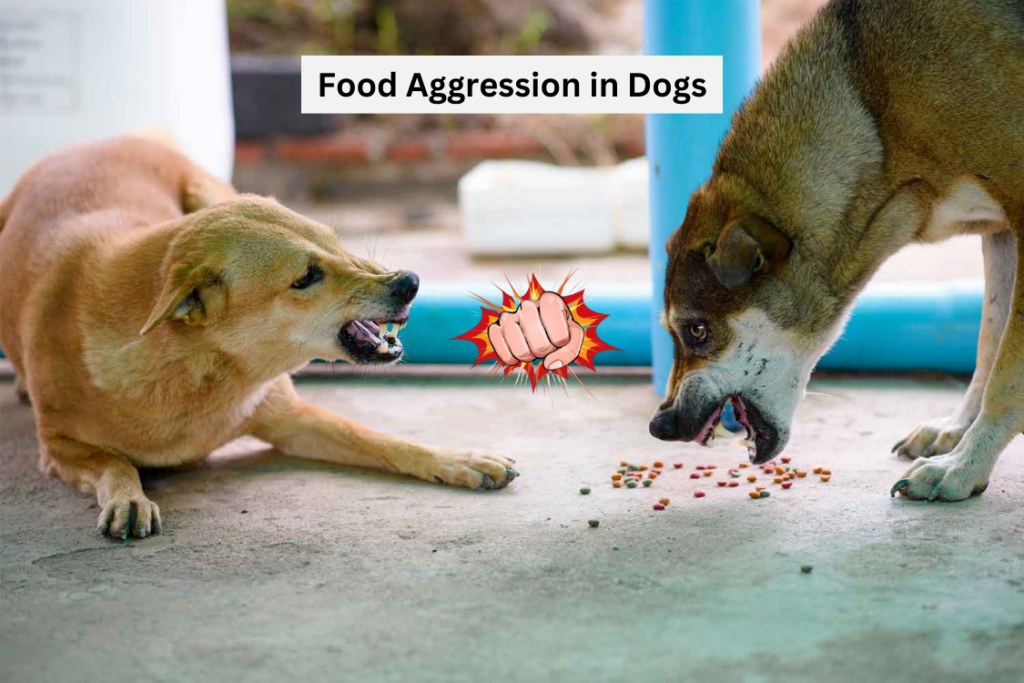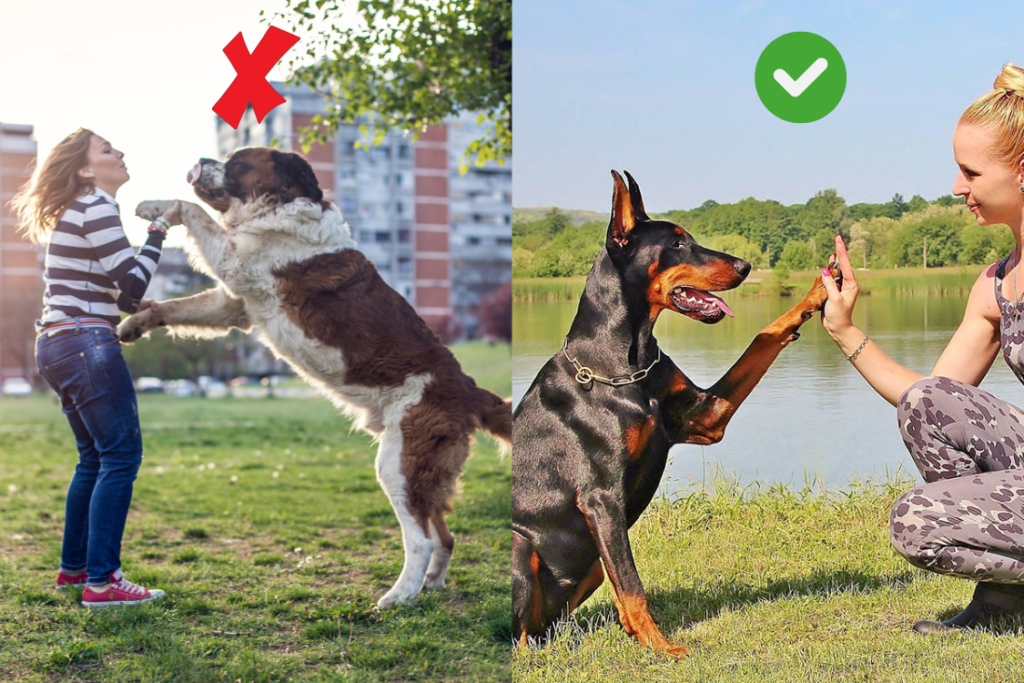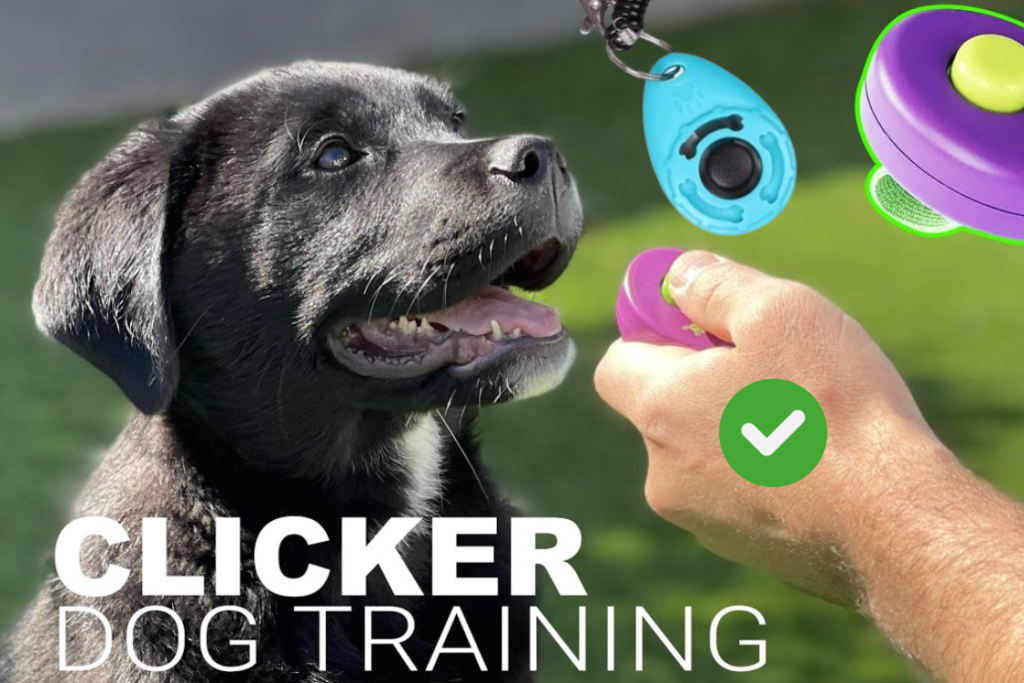Food aggression in dogs is a common issue where dogs become aggressive towards people or other pets near their food. This behavior can cause stress in the household and potentially lead to dangerous situations.
Fortunately, with the right approach, food aggression can be managed and even eliminated.
1. Understand the Root Cause of Food Aggression: Why It Happens

Before diving into solutions, it’s important to understand why food aggression occurs in dogs. Like many behavioral issues, food aggression stems from various sources.
Why Do Dogs Exhibit Food Aggression?
- Resource Guarding: Dogs, by nature, may feel the need to protect their food from perceived threats. This instinct goes back to their wild ancestors who had to compete for resources.
- Past Trauma or Scarcity: Dogs that have experienced neglect or were once strays may have developed food aggression due to a lack of access to food or positive experiences with food.
- Fear: Some dogs may exhibit food aggression when they feel anxious or fearful of losing their food to another animal or person.
- Health Issues: Pain or discomfort due to an underlying health issue may cause a dog to act defensively when eating.
By identifying the root cause of your dog’s food aggression, you can better address the behavior and create a personalized plan that will be more effective.
2. Create a Safe, Calm Eating Environment for Your Dog
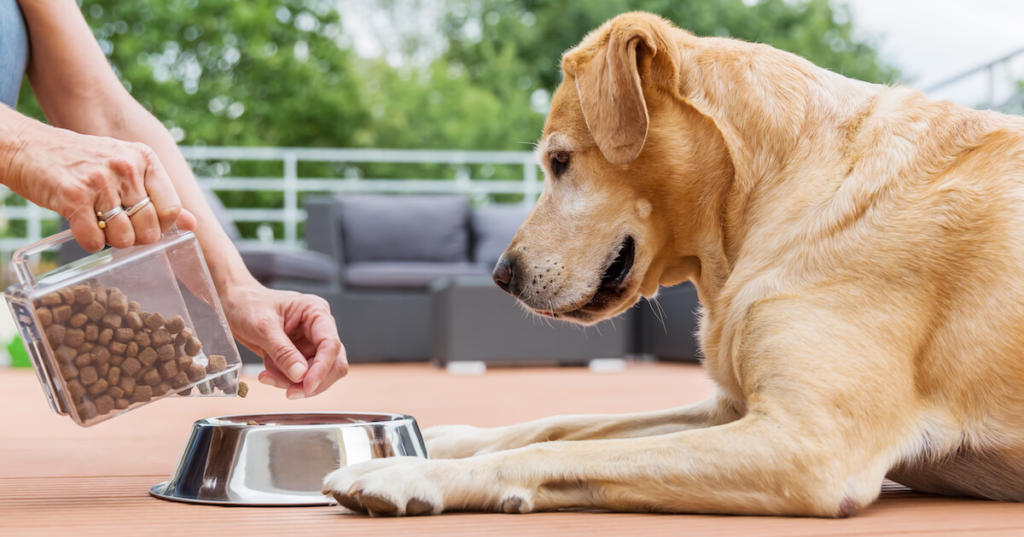
One of the most important steps in addressing food aggression is to create a calm and safe environment for your dog to eat. This minimizes stress and ensures your dog feels comfortable during mealtime.
How to Set Up the Eating Area:
- Designate a Quiet Spot: Choose a location where your dog can eat without distractions, loud noises, or sudden interruptions.
- Avoid Interruptions: Don’t approach your dog while they’re eating. Allow them to finish their meal without interference.
- Separate from Other Pets: If you have multiple pets, it’s best to feed them in separate areas to prevent competition and potential conflicts.
Additional Tips:
- Use a Non-Threatening Feeding Routine: Stick to a regular feeding schedule to create predictability and reduce anxiety. If you have problem with sticking to an daily rutine – check out 5 Best Automatic Dog Feeders
- Avoid Using Food as Punishment: Don’t use your dog’s food as a way to discipline them. Instead, provide positive reinforcement for calm behavior.
For added comfort during mealtimes, you might consider an adjustable dog bowl stand which promotes better posture, and make mealtime more convenient, all while being noise-free and easy to clean.
3. Desensitize Your Dog to Human Interaction During Mealtime

The key to stopping food aggression is to desensitize your dog to your presence during meal times. This process involves gradually getting your dog used to you being near their food without reacting aggressively.
How to Start Desensitization:
- Start with Calm, Non-Threatening Presence: Begin by standing a few feet away from your dog’s food bowl while they are eating. Don’t approach or touch them—just stand there.
- Slowly Decrease the Distance: Over time, move closer to the bowl while they are eating. It’s important to move slowly and monitor your dog’s response.
- Introduce Positive Reinforcement: When your dog remains calm, reward them with praise or a treat. This will help them associate your presence with something positive.
- Consider Quality Food:
To further support a calm mealtime, feed your dog high-quality food. - Gradually Use Hand Feeding: If your dog tolerates you near their food bowl, you can begin hand-feeding them small amounts. This helps to build trust and further desensitize them.
Why This Method Works:
The goal is to make your dog more comfortable with your presence around their food, which reduces their anxiety and aggression. It’s important to go at your dog’s pace, ensuring they don’t feel rushed or overwhelmed.
4. Teach Your Dog the “Leave It” Command
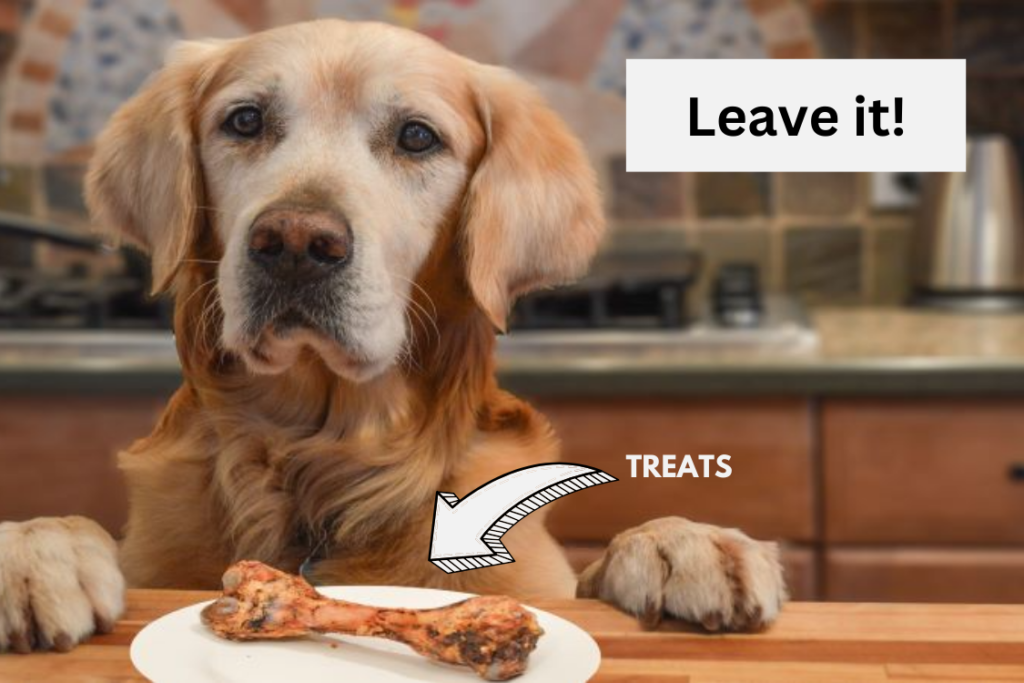
One of the most effective commands to teach a dog dealing with food aggression is the “Leave It” command. This command teaches your dog to stop focusing on something (like their food) when asked, which can be invaluable during moments of potential food aggression.
How to Teach “Leave It”:
- Start with Low-Value Items: Begin with items that aren’t as valuable to your dog (such as toys or low-value treats). Hold a treat in your hand and say “leave it” when your dog attempts to grab it.
- Use Positive Reinforcement: When your dog backs off, reward them with praise and a treat. This creates a positive association with the command.
- Gradually Increase the Challenge: As your dog becomes proficient, practice with higher-value items, such as their food bowl or a high-value treat. Always reward calm behavior.
Why This Command is Crucial:
The “Leave It” command gives your dog control over their reactions. It teaches them to redirect their focus, which can help prevent food aggression. When they learn to respect boundaries around their food, they’ll be less likely to act aggressively when others approach.
5. Seek Professional Training Help if Needed

If you’ve tried the above methods and still see food aggression, it may be time to consult with a professional dog trainer. Some cases of food aggression can be deeply ingrained and require more structured, consistent training.
When to Seek Professional Help:
- Severe Food Aggression: If your dog’s aggression is extreme or dangerous, professional intervention is necessary.
- Inability to Make Progress: If the training methods aren’t yielding results or are worsening the behavior, it’s time to get expert help.
- Behavioral Issues Beyond Food: If food aggression is part of a broader behavioral issue (such as anxiety or fear-based aggression), a professional trainer can develop a comprehensive plan to address these problems.
Where to Find Help:
You can search for certified local trainers specializing in aggression or behavior modification Here is an article on what to look for in a trainer, or consider online programs like Doggy Dan’s Online Dog Trainer, which offers practical, step-by-step video lessons by a coach with over a decade of experience to address a variety of behavioral issues, including food aggression.
A Calm, Well-Behaved Dog Starts with Patience and Consistency

Food aggression can be a challenging issue for many dog owners, but with patience, consistency, and the right approach, it’s possible to see significant improvement.
By understanding the root cause of the aggression, creating a calm feeding environment, desensitizing your dog to your presence, teaching the “Leave It” command, and seeking professional help when necessary, you’ll be well on your way to having a well-behaved, relaxed dog during mealtimes.
Remember, every dog is unique, and progress may take time. Whether you choose to address food aggression on your own or with the help of a professional, the important thing is that you’re taking the first steps toward a happier, more peaceful household for both you and your dog.

